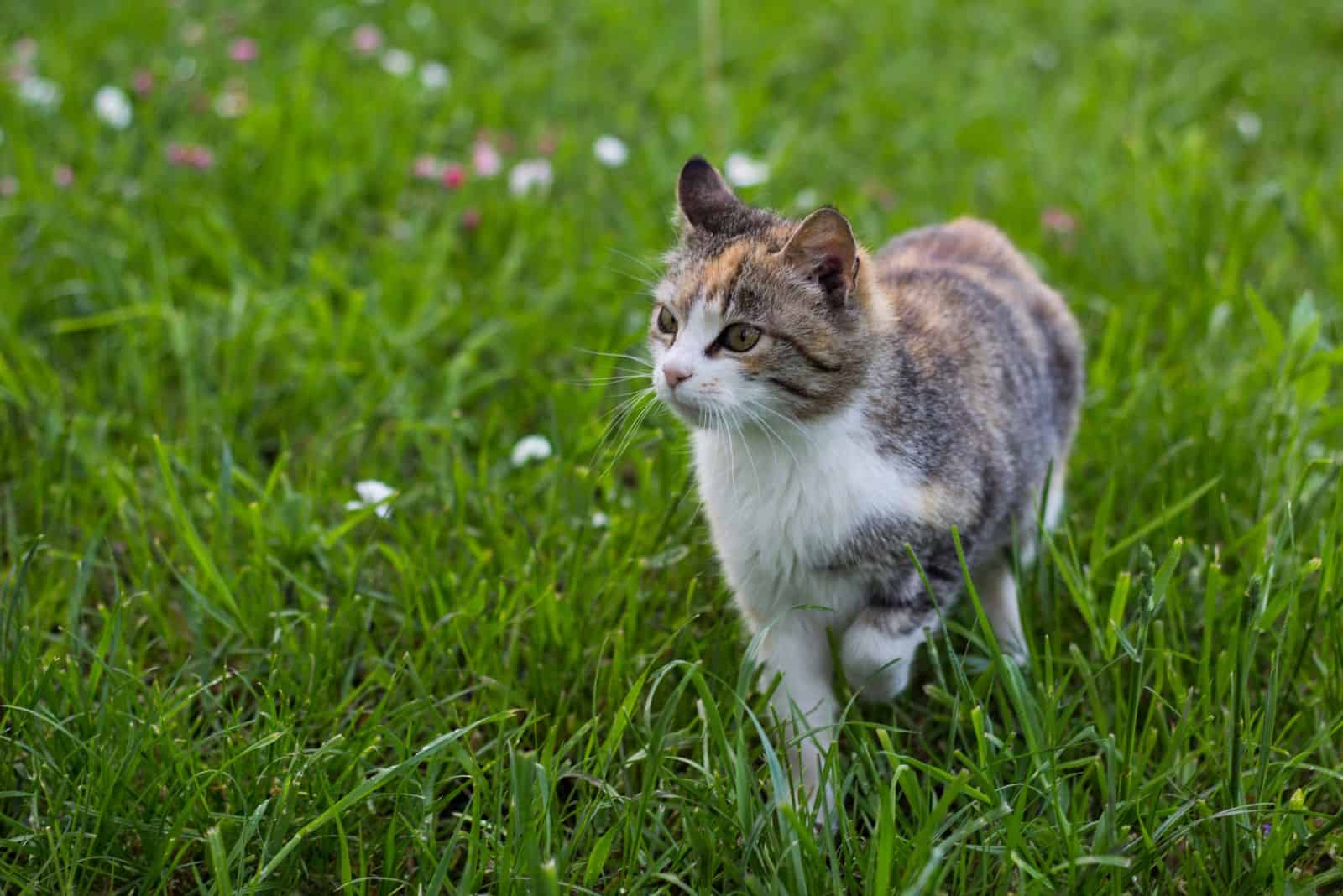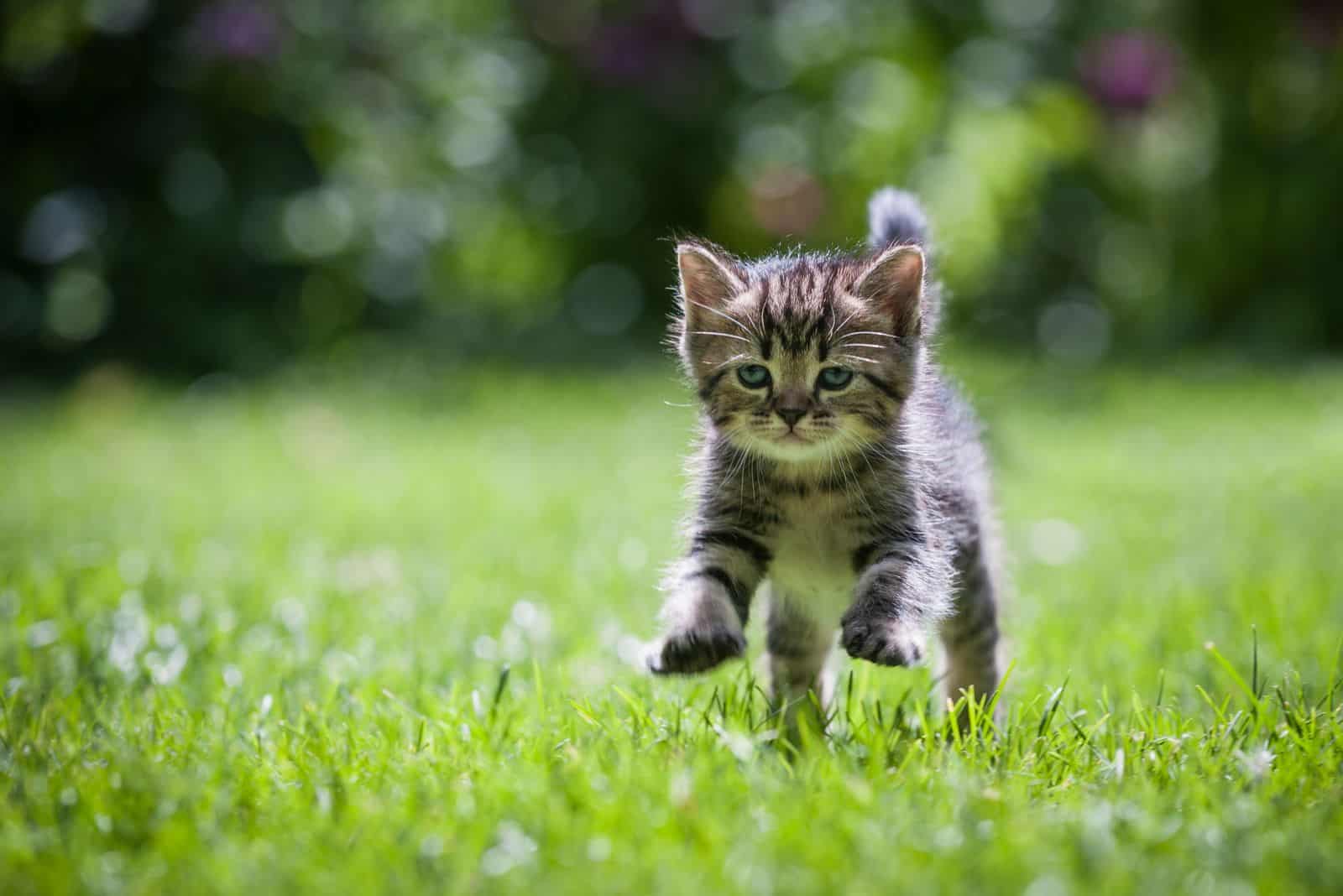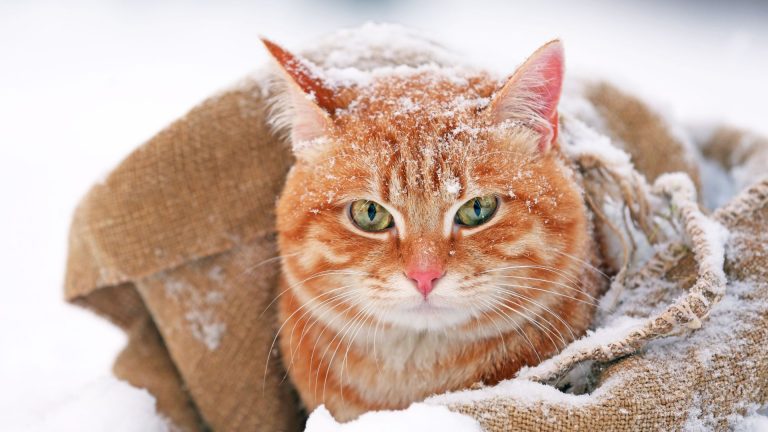Why Do We Say Someone Has Cat-Like Reflexes? 5 Cool Reasons

We all know cats are quick to react at any time of the day! They have great vision, a keen sense of hearing, flexibility, and it often seems like they’re professional runners! They jump on top of the bookshelf in a split second and dash across the room in another moment!
We say that someone has cat-like reflexes when they quickly catch a phone dropping towards the floor, efficiently preventing the phone from getting smashed. Although the speed and agility displayed by humans might be remarkable, your cat is capable of far more.
Some people are lucky to possess cat-like reflexes, while others are not so quick to react (or are even slightly clumsy).
In this article, I will explain exactly why we use the phrase cat-like reflexes and not dog-like reflexes or any other animal-like reflexes!
What Are Cat-Like Reflexes?

Cat-like reflexes are reflexes humans sometimes display all of a sudden. These reactions are quick and impressive, and the person who accidentally showcases them will most likely be surprised at what they just did!
Cats are fast runners and excellent at quick reactions due to their natural abilities to hear well, run fast, and be very flexible. We’re talking about a species that, from a standing position, can jump nine times its height!
It’s hard to imagine that your fluffy, well-cared-for house cat is a great athlete that can run faster, jump higher, and out-maneuver any of us. We often forget that our cuddly kitties are natural-born hunters! Cats’ reflexes allow them to be one of the most efficient predators!
Can A Human Have Cat-Like Reflexes?
Cats’ abilities to quickly start and stop, change directions, and leap over obstacles is something even professional athletes envy. Felines are incredibly agile, and the ordinary house cat could easily out-maneuver humans in any task involving reflexes.
Your ordinary house cat can decide what must be done and take action in only a fraction of a second. You could occasionally react similarly and you would be surprised at what you did.
For example, you’ve probably used the phrase cat-like reflexes once or twice when you’ve quickly prevented something from dropping on the floor. Even though our reflexes will never be like our felines’, we can at least brag about having cat-like reflexes!
What Are Some Examples Of Cat-Like Reflexes?
It’s best you see examples of cat-like reflexes yourself! When I watched this video, I was surprised at how quickly the dads of this video acted; it is very impressive.
https://www.youtube.com/watch?v=4Z61bl9brUA
5 Facts About Feline Reflexes
Did you know that a typical dog’s reflexes are at least 1.5 times slower than cats?! Cats are among the mammals with the best reflexes, and they can hunt with the finest efficiency and easily land from great heights. Cats can zero in on rodents and birds in a split second and snag them.
But how are they able to have such lightning-fast reflexes? Here are five cool facts about cats and their natural abilities that allow them to act quickly in any given situation!
1. Their Hearing Is Amazing

Cats are praised for their extraordinary vision, but you might be shocked to realize that despite all the outstanding features of cat vision, their hearing is their sharpest sense.
A cat’s hearing is so sophisticated that in only six-hundredths of a second, a cat can locate a sound within a few inches of its source from up to three feet away.
Cats can differentiate changes in sound as little as one-tenth of a tone, which allows them to determine the type and size of the prey making the noise. Cats can also hear noises from a vast distance.
Compared to dogs and humans, cats’ hearing is noticeably more acute (and many other mammals). The hearing of a healthy cat is a remarkable biological miracle.
2. They’re Pros At Jumping
Do not be deceived by your cat’s small size while considering its power. Fit cats have supple muscles that can pull off amazing athletic jumps.
Cats are as powerful as a six-foot person suddenly hurling themselves 54 feet into the air. Your typical house cat can jump up to five feet in the air (without sprinting), which might be up to seven times its height.
Take a look at how this kitty reacts when suddenly scared. Can you believe how high this cat jumped? I was amazed when I saw this video!
Cats’ ability to jump very high allows them to reach perches on your countertops, the highest points of bookcases, and even the top of the refrigerator.
Cats are fantastic jumpers due to their rear legs’ length and muscular density. They begin their jumps in a very deep squat, elevate their front legs, and then “explode” their back legs.
3. They’re Very Fast

The idea that your cat, a purring little ball of fluff, might outrun the world’s fastest runner is very surprising, right?
The fastest a human can run is around 27 mph, and very few gifted, well-trained sportsmen in peak physical condition have ever achieved that pace. Most of us regular people would struggle to run more than 10 to 15 mph, even though the average athlete can sprint up to 22 mph.
However, a typical healthy housecat can sprint at an incredible speed of roughly 30 mph. A little motivation, like chasing prey or a large dog pursuing her, would be all the cat would need to do such an athletic feat.
Cats have extremely strong legs. Additionally, they have extremely flexible spines and may arch and straighten while running, giving them a long stride.
4. They’re Extremely Flexible
Cats can twist their bodies to enhance their reflexes because of their extraordinarily flexible spines. They have greater spine flexibility than most other animals.
Cats can have up to 53 vertebrae (individual spine bone discs), compared to 33 for humans (including the tail). Due to this, cats can spin their bodies at angles of up to 180 degrees, compared to the usual human torso rotation of roughly 90 degrees in each direction.
5. Righting Reflex Is Why They Always Land On Their Feet
Apart from being flexible, felines can do some incredible aerial tricks. A cat’s intrinsic ability to position itself when it falls to land on its feet is known as the cat righting reflex. At 3–4 weeks of age, the righting reflex starts to develop, and at 6–9 weeks, it is fully developed.
The ability to position itself in the air and land on its feet is possible due to cats’ extraordinarily flexible backbone and lack of a functioning clavicle. They rely on their inner ear’s vestibular system to help them stay upright so they may turn and face down even when falling freely.
And have you ever heard of the falling cat problem? Explaining the underlying physics of the observed cat righting reflex is the goal of the falling cat problem. This might seem like an easy and silly task; however, many physicists have devoted a lot of effort to get to the bottom of this mystery.
Final Thoughts

Cats have been observed to swat flies in midair, evade moving automobiles with just a fraction of a second to spare, and turn in midair to land on their feet. We humans can’t help but be in awe of cats’ fast movements and responses, which are nothing out of the ordinary for them!
Their incredible reflexes are brought on by their amazing sense of hearing, extraordinary flexibility, speed, and ability to jump very high.
Cat owners tend to forget that our felines are extraordinary hunters, perhaps one of the most efficient ones out there, due to their natural lightning-fast reflexes.
Humans can have cat-like reflexes, and we’ve all probably met that one person who is quick-thinking and always manages to prevent disasters one second before they would have happened. After these people show their hidden talent, the rest of the room usually stares and congratulates them for their cat-like reflexes!
Although our reflexes will never be even close to felines’, we can at least brag occasionally when we accidentally display our cat-like reflexes!
Related Articles:
When Do Kittens Start Walking? A Must-Know Kitten-Care Fact
Cat Sideways Walk: 7 Reasons For This Funny Cat Behavior
Do Cats Eat Snakes? The Answer Might Surprise You!
Like this post? Share or pin it for later!







